Google Nexus 5 Review
by Brian Klug on December 5, 2013 8:00 AM EST- Posted in
- Smartphones
- LG
- Android
- Mobile
- Snapdragon 800
- Android 4.4
- Nexus 5
It goes without saying that battery life is one of the huge cornerstones of smartphone evaluation and critique. In the case of Nexus 5, the battery is a 3.8 V, 2300 mAh 2D battery giving 8.74 watt hours total. Looking only at battery capacity doesn’t always tell the whole story, since obviously it’s just a tank to draw from – the overall efficiency of the entire system and the sum of the energy drain of its parts determines how long the platform will last. The comparison point of course for the Nexus 5 is its close cousin, the LG G2, which has a 3000 mAh (11.4 Whr) stacked (3D) battery by LG Chem. Smartphone battery sizes have been increasing for a while now, and the reality is that Nexus 5’s is indeed on the smaller side given its display.
As I’ll talk about later, one thing the Nexus 5 has over the LG G2 is a QFE1100 envelope tracker for its cellular power amplifiers, which lowers power consumption by up to 20 percent, the same RF360 part we saw in the Galaxy Note 3. Interestingly enough the LG G2 shipped with a variant of this same family, QFE1101, which works in an APT (Average Power Tracker) mode instead, whereas QFE1100 works in both APT and ET modes. I’ll touch on these in the relevant section, but it’s important to note that in the cellular tests one of the big consumers of power (power amplifiers are easily the number two after display) has the bleeding edge component available to curb consumption and is literally the second handset on the market to include it.
To evaluate battery life we turn to our battery life testing suite, which we run over WiFi and all the cellular interfaces appropriate for the device. Here we see a good combination of regular spikes in CPU usage with idle time, hopefully simulating constant, reasonably paced usage. As always the display is set to exactly 200 nits and configured the same way we always configure devices for maximum consistency.

On WiFi, we see the Nexus 5 start off pretty well, behind the G2 and the newest 8974 phones, but no slouch at all, and considerably better than the Nexus 4. Of interest is how the Nexus 5 slips 16 percent versus the G2 despite having a 23 percent smaller battery.
For cellular, it’s the same workload as always. Since the Nexus 5 now has LTE, I went back and re-tested the Nexus 4 with LTE enabled for a closer comparison. Although the Nexus 4 never shipped with LTE officially enabled, the device included it on Band 4 for some time until a baseband update finally locked it out for good. I flashed back down and ran the test just for the sake of completeness, and since I Know there are a fair amount of people out there using the Nexus 4 on LTE still. Of course I also tested on 3G WCDMA.
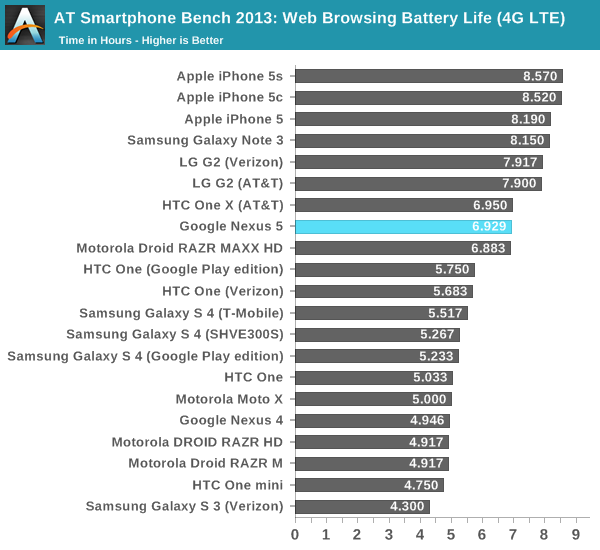

The Nexus 5 comes out far ahead of its predecessor on both 3G WCDMA and 4G LTE, although that’s fairly unsurprising given the year of improvement, different process (28nm HPM), envelope tracking, and battery size differences. The more interesting comparison point is the LG G2, which Nexus 5 can’t quite catch. Clearly the RF front end differences make a difference, otherwise the scaling would be 23 percent less battery on cellular, instead it is 12 percent on LTE. On 3G there’s a bigger delta however, almost 33 percent worse than the G2’s impressive result. Still, the Nexus 5 on LTE is no slouch.
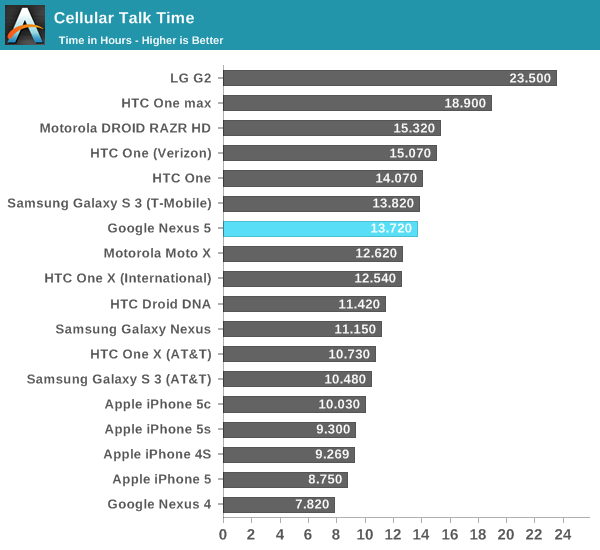
In the talk time test I was surprised to see a considerable falloff, although this is almost always gated by rock bottom power for the system. There clearly are some other consumers which either aren’t powering down all the way or LG has better optimized for on the G2 versus the Nexus 5 which is Google’s domain.
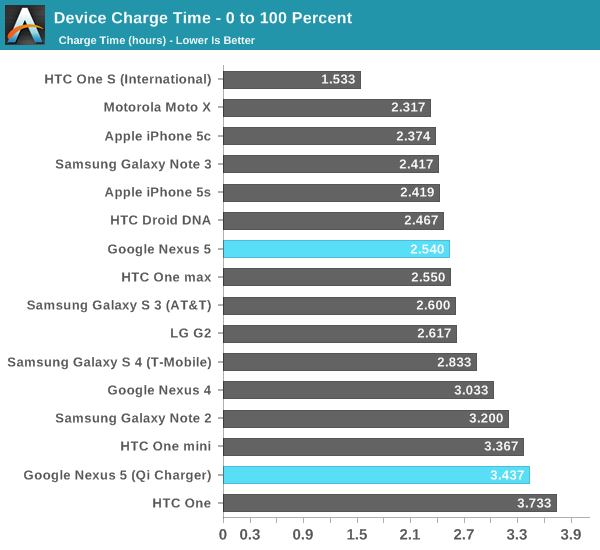
Looking at battery capacity alone would leave you with the impression that the Nexus 5 is woefully under-specced, when in reality battery life shows definite gains over previous generation devices. Although I’d love if the device somehow had the same size battery as the G2, it’s clearly enough to make it through at least a full day, and in my time daily driving the device I’ve yet to come up short.
When it comes to charging, Google continues to do the sane thing and implement BC 1.2 signaling. Unlike the LG Optimus G, the Nexus 5 does not use the battery charging IC Qualcomm makes for use in conjunction with its normal PMICs, instead it uses the TI BQ24192 to charge at up to 1.5 A maximum and a MAX17048 fuel gauge. This seems to be done in order to accommodate wireless charging, though there could be other cost considerations at play. The Nexus 5 seems to charge in the linear region at just above 1 A however, although the limit set for BQ24192 is 1.5 A, and has a total charge time just above 2.5 hours on the supplied 1.2 A charger.
As I mentioned, Nexus 5 also works with the Qi (prounounced “chee”) wireless charging specification which Google seems to have thankfully settled on for Nexus 4, 7, and now 5. The Nexus 5 uses TI’s bq51013b power supply and charge receiver which is WPC 1.1 compliant. I praised the Nexus 4 for how well implemented Qi charging was and how it charged in basically the same amount of time on the charging mat or USB, as far as I can tell the Nexus 5 continues to implement things properly and will charge at accelerated rates. I’ve seen a few handsets that include Qi but oddly enough only charge at 500 mA like a USB data port, this is thankfully not the case on Nexus 5.
Nexus Wireless Charger
Google sent along their first party Qi wireless charger as well and I had a chance to check it out. I’ve never used the charging “Orb” that shipped with Nexus 4 so I can’t comment on it, I have however used the two-position Energizer Qi charger and the Samsung Qi charger pad. Google’s universal Nexus wireless charger works with the other Qi compatible Nexus devices, Nexus 7 (2013), 4, and 5, and of course any Qi compliant devices. I tested with the Droid DNA and had no issues charging like any other Qi charger.
Google’s charger works in conjunction with a 9 Watt USB AC adapter and plugs into the charging puck over microUSB. What’s interesting about the charger is both how small it is (the outline is quite small) and how the bottom has a material that seems eerily reminiscent of what was on the bottom of the touchstone charger that shipped with the Palm Pre. The charger will securely adhere itself to surfaces, which it needs to since it has some magnets inside for alignment of devices.

I put some magnetic field viewing film on top of Google’s wireless charger, and you can see four magnets at the corners, which match up nicely with the four metal slugs on the back of the Nexus 5 around the charging coil.
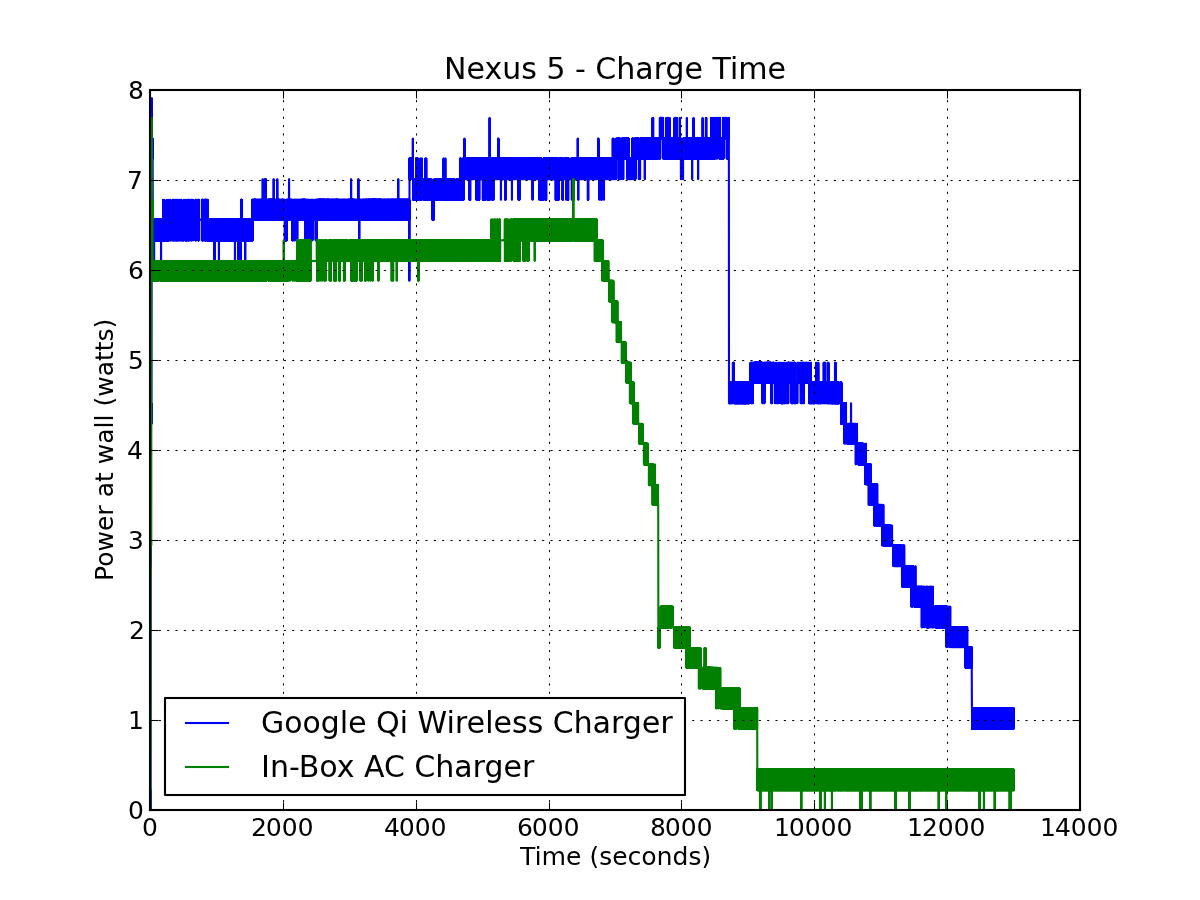
There’s still some overhead and loss with all wireless charging, including Qi. I measured and plotted the power draw and thus charge time for a fully drained Nexus 5 being charged both using the in-box supplied AC charger from Google, and their wireless charger. There ends up being about a 50 minute difference between the two, so you’re definitely trading convenience for a longer charge time, but once you’ve used wireless charging it’s hard to give up that convenience. At the very least, Google’s new charger addresses some of the complaints I saw levied against the original charging Orb with the inclusion of magnets that do seem to hold down devices better and keep them aligned so they charge properly, and included a very good grippy material on the back that adheres it to surfaces quite nicely.


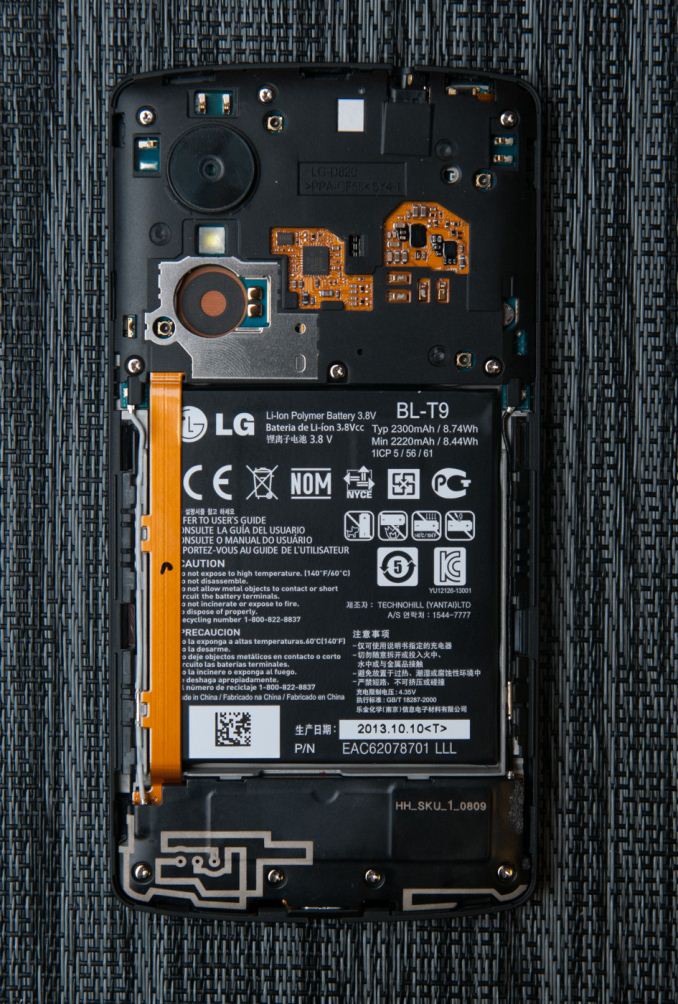
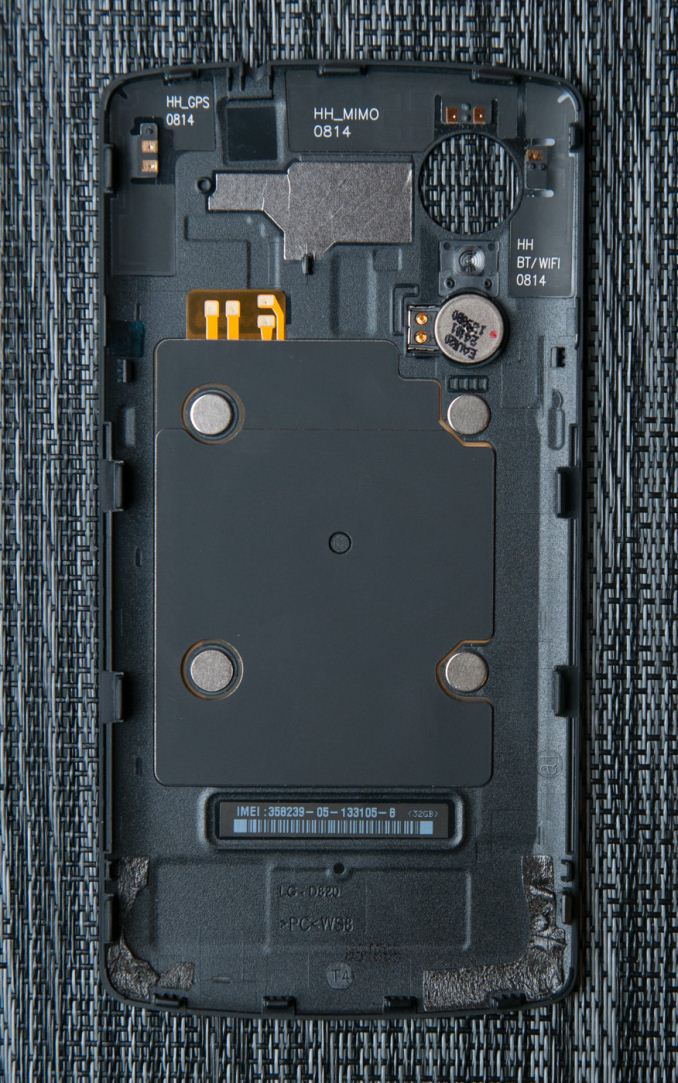
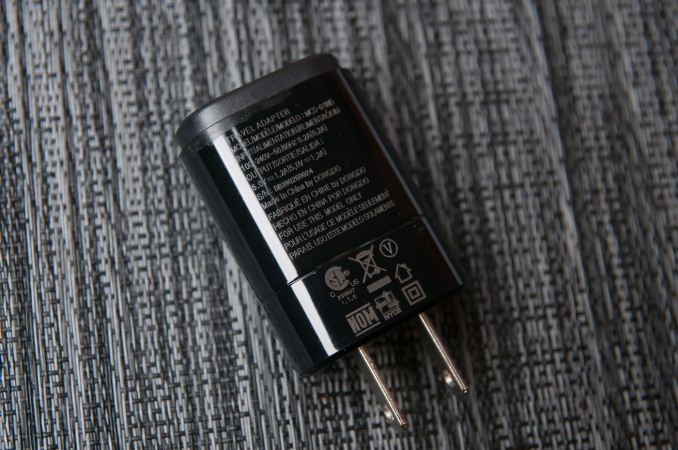
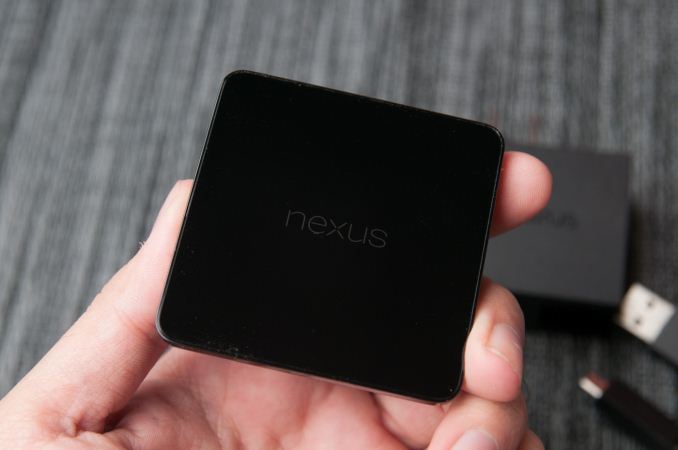














231 Comments
View All Comments
BearCatCow - Thursday, December 5, 2013 - link
What a great article! Very objective and evidence based. The attention to display accuracy rather than whoever pumped up the saturation the most, the clear analysis of the camera's hardware (potential) vs software (current usability), and the multitude of battery measures are very helpful.bioyuki - Thursday, December 5, 2013 - link
Brian: Did you notice any differences in real world rf performance between the Nexus 5 and Nexus 4? Only a few data points on my end, but it seems like the N5 performs on average 3-5 dBm worse than the N4 (LTE and HSPA on Band 4). Also, does the N5 contain any of Qualcomm's tunable front end parts?BearCatCow - Thursday, December 5, 2013 - link
Question: what were the differences in battery performance with ART runtime vs the default?nostriluu - Thursday, December 5, 2013 - link
how about a battery test that's really useful for most people, how a device lasts over the course of a day with a typical set of apps? these rundown tests are really not that helpful.NeoteriX - Thursday, December 5, 2013 - link
What do you specifically propose for an objective, repeatable, platform agnostic test, hmm? What is a typical set of apps? What about the fact that apps are always changing? What about the fact that many apps are not multi-platform or aren't standardized across platforms?The rundown test (based on something agnostic and universal like web page loading) is probably the best kind of objective test you're going to get; you'll just have to extrapolate your daily performance from that.
Besides, as a pragmatic matter, Brian's/Anandtech's reviews are already take so much time and effort to do, and that's with multiple a 5-9 hour long battery tests (LTE, 3G, Wifi...). One can't test any other feature of the phone while battery testing... you want to seriously add a suite of 12-24 hour tests on top of that?
Impulses - Friday, December 6, 2013 - link
Can't believe someone's actually pinning for less controlled/repeatable battery testing just because it might be closer to their own use... AT does the best battery tests bar none, whether they mimic your use or not is irrelevant, just find a phone you own or have owned on their list and extrapolate from there. It'll be far more accurate than a pseudo real world test with too many random variables to account for.flyingpants1 - Saturday, December 7, 2013 - link
Jesus Christ, I cannot believe some of the comments on here. The battery life tests here and everywhere else are terrible. None of them reflect real-world usage whatsoever.The only real test here is a synthetic web-browsing battery life test, and it gives results between 6-10 hours, I'll eat my monitor if anyone's phone actually lasts that long in real-life web-browsing. Obviously a synthetic benchmark can be a useful as a comparative tool between phones, but not much else. It's basically the equivalent of a 3dmark score.
It's a well-known fact.. actually, by now a universally foregone conclusion that smartphones die extremely quickly, and are super annoying to charge. Brian uses phrases like "It can last the whole day on a single charge" which are utterly meaningless. That just means you left your phone in your pocket most of the time. But when you actually want to use your phone in a pinch, or while travelling, or in an emergency, or for serious work, then it's a completely different story. Yet for some reason you wouldn't get that impression from most reviewers. And so we're forced to compromise.
Compare with laptops from a couple years ago, they'd advertise 5 hours of life, get 3 in reality in ideal conditions, and within a year be down to 2 hours. I'm sure a lot of people were happy with that. So what. The Macbook Air came along and gives you up to 12-16 hours. Now *THAT* is all day life. That is what we should be getting on smartphones. 12-16 hours of screen time and constant use. Then we won't need to go and do forty million battery life tests anymore, because the problem is *solved* for 99.9% of use cases. Instead we're getting price gouged like crazy for storage, and R&D goes to things like 500PPI displays and downloading at 150mbps, things which should be of slightly lower importance than making the phone stay alive.
No idle test. This is really important, the percentage drop should be less than 1-2% every 24 hours.
No video test.
No gaming test.
Nobody seems to care about texting. People usually send *way* more texts than they make calls, and texting drains battery faster than calls do. I often run out of battery life on the train while texting, seems like a percentage point every minute or two even with my display on 0%.
The reviewers are definitely on the manufacturer's side on every single issue here: against microSD, against removable batteries, but *FOR* pointlessly thin, even to the point of sacrificing battery life and functionality. If they were on the *consumer's* side, they'd be tearing apart every single 16GB device, advocating the $1 microSD slot for *EVERY PHONE*, and demanding *EVERY PHONE* have either a version with a removable battery, and/or EXTENDED (MAXX) battery version.
My ideal device would be a 5" screen, LG G2 or RAZR MAXX-like device, 10.5mm thick, 4500mah, with 64GB microSD and front speakers like the HTC One. The closest thing right now is the HTC Butterfly S, IMO the best phone on the market by far, there are no tradeoffs at all.
bountygiver - Thursday, December 5, 2013 - link
Well the camera UI didn't go miserable in 4.4, but since 4.3. Navigating settings in 4.3+ camera UI is a pain as toggles have no feedback and there's no tell whether an option is a menu or a toggle.For the not focus problem, just tap another place and tap the original position again to refresh it.
Krysto - Thursday, December 5, 2013 - link
I'm curious why you're calling 512 MB phones "mid-range", when you can find such a phone even for $100 unlocked these days. Even Moto G at $180 is a low-end to mid-range phone, and it has 1 GB of RAM. Is it because you don't want the iPhone to be considered mid-range?Pr3ch34r - Thursday, December 5, 2013 - link
Tell me how would you consider the 5s (or even the 5c) midrange, because of ram and screen size? Both are top of the line, like it or not...